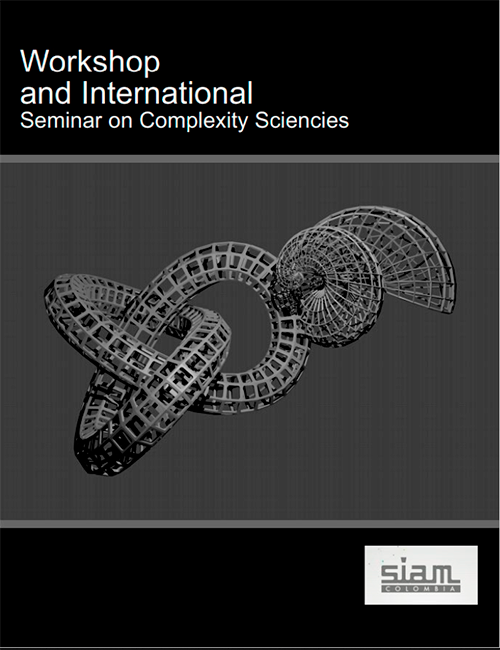Health differences across socioeconomic strata have always pointed out that poorer and minorities have higher mortality and morbidity than richer and majorities. This difference is exacerbated for particular populations such as the victims of ongoing armed conflict, who are also much harder to quantify due to the conflict itself. This study uses complex network analysis applied to a combination of three large administrative records for the health system and mortality records in the province of Risaralda (Colombia) between 2011 and 2016. We estimate the most common causes of morbi-mortality for both victims of violence and the poorest inhabitants of Risaralda, defined as those who qualify as recipients of subsidies from the Colombian welfare program, called SISBEN, in the categories of those with the highest need, levels I and II. Both populations show high morbidity frequencies for non-communicable diseases such as Type II diabetes, hypertension and hyperglyceridaemia, mostly associated with exposure to unhealthy lifestyles. However, these mortality outcomes reflect the different treatments and lifestyles of both subpopulations. While the poorest replicate the same causes identified for morbidity, the victims of armed conflict die of additional causes including Type I diabetes, which reflects the even worse conditions they face.
Palabras clave:
Morbidity, Mortality, Motifs, Complex Networks




